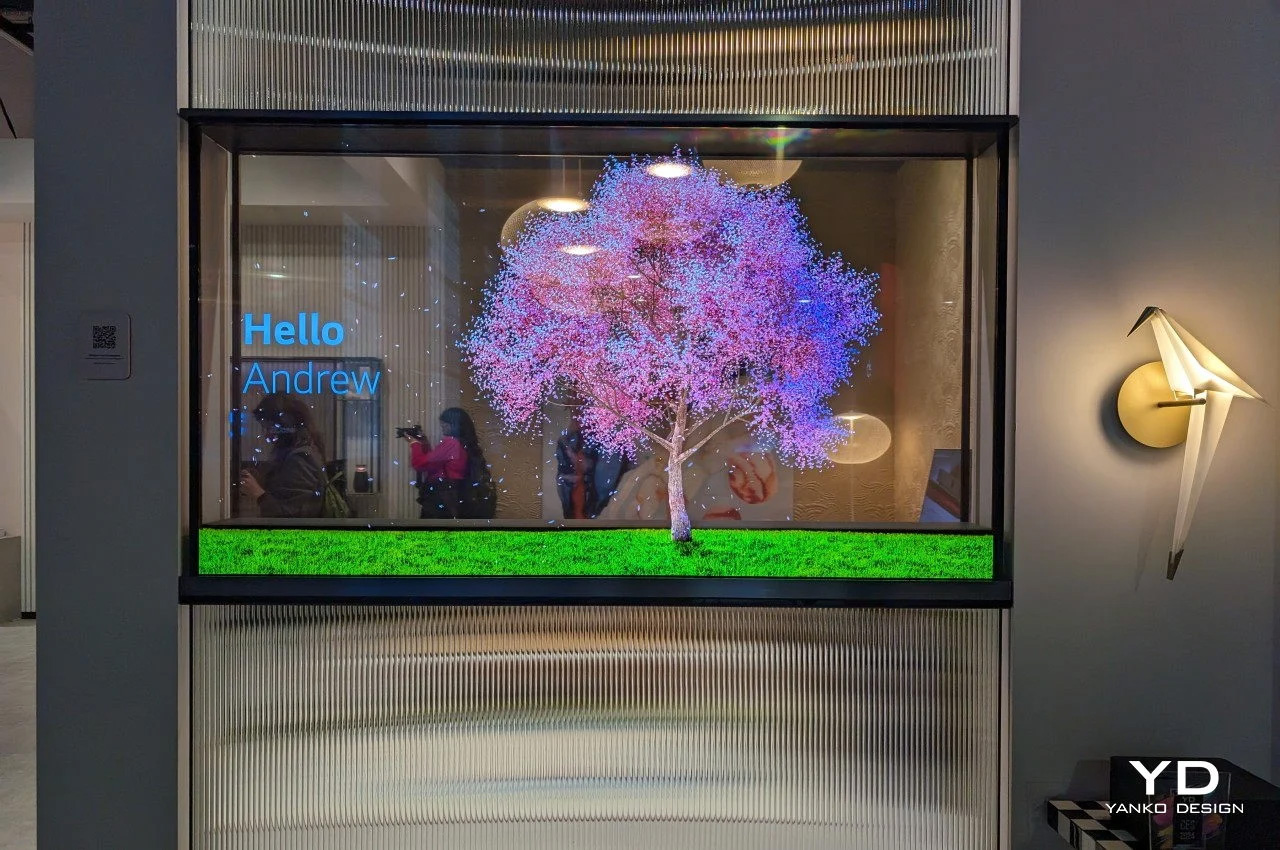#Top 10 Japanese designs for lovers of minimal architecture
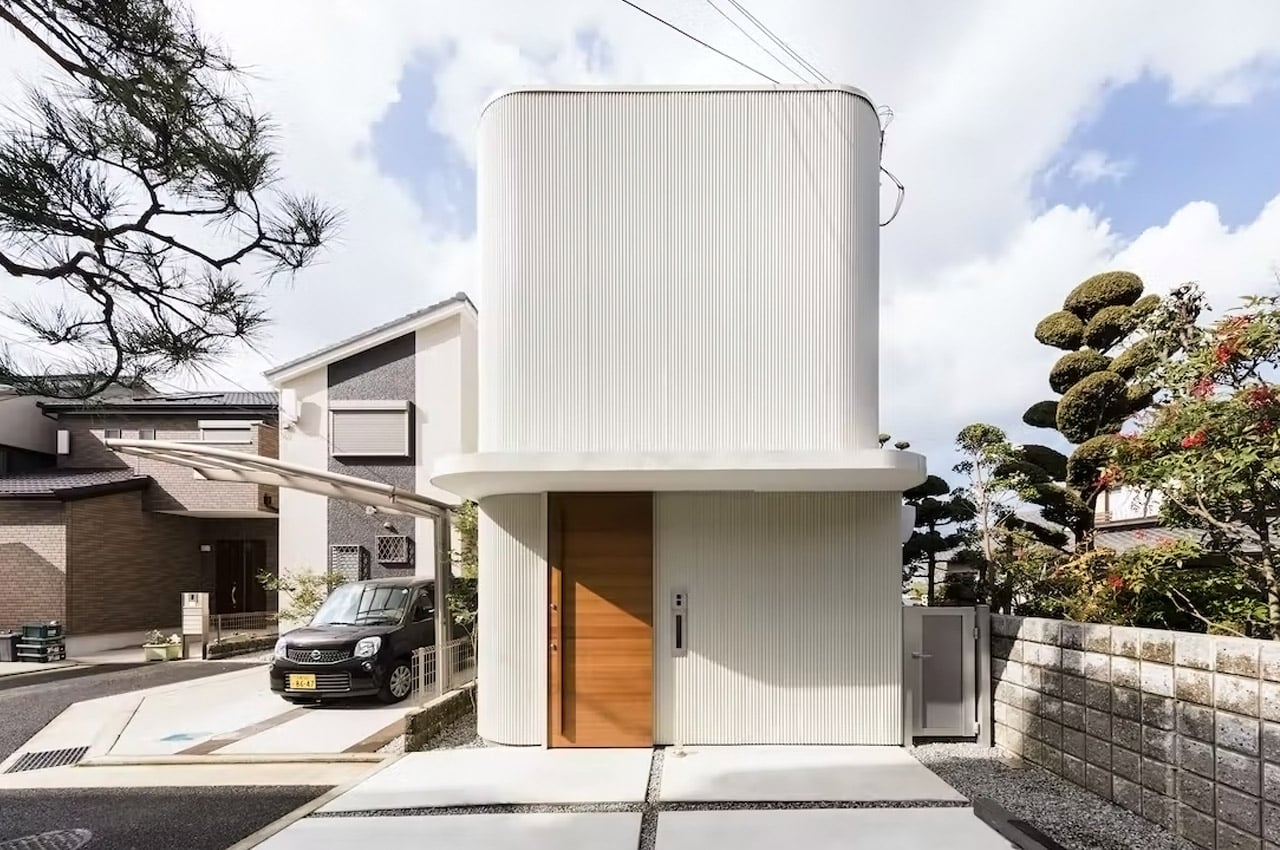
Table of Contents
“Top 10 Japanese designs for lovers of minimal architecture”
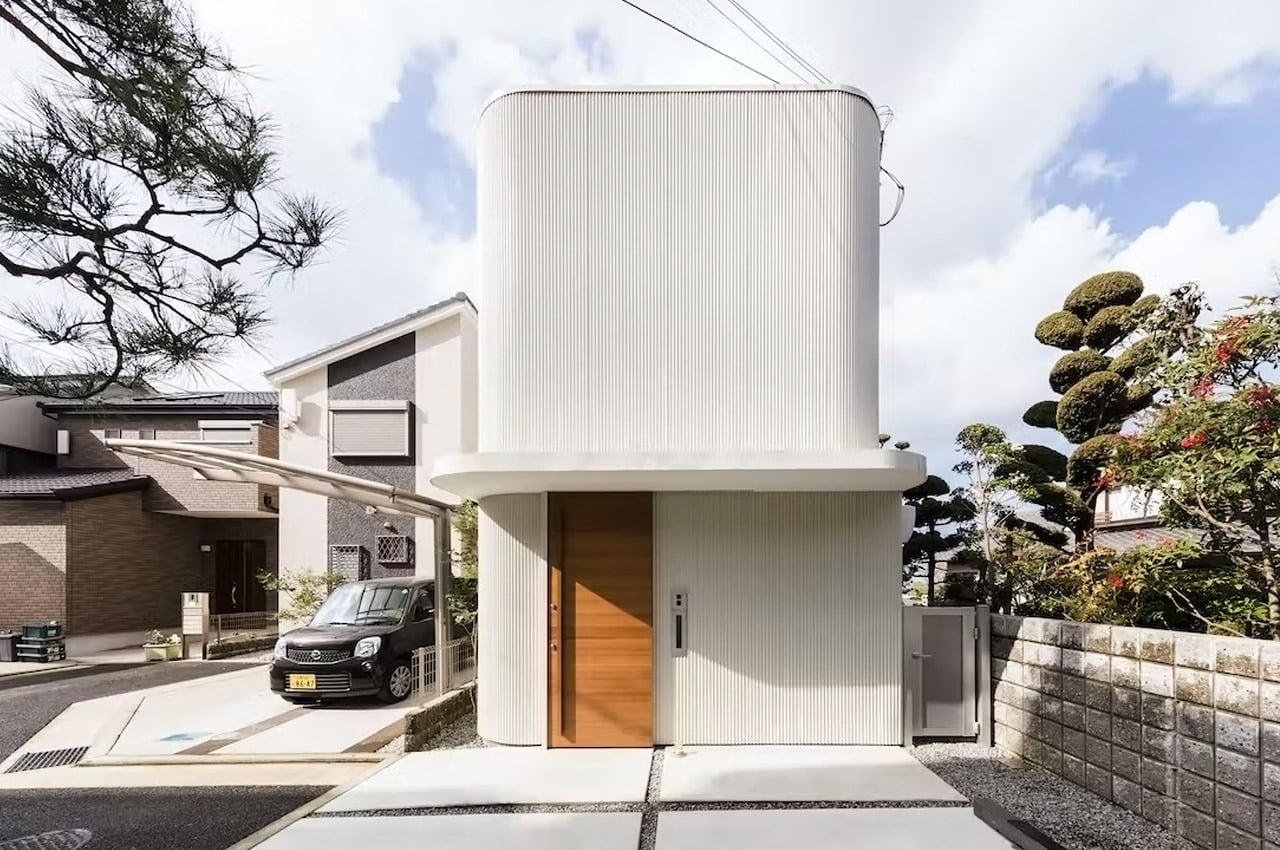
There’s something about Japanese architecture that instantly soothes your soul, and envelops you in a warm and fuzzy feeling. Maybe it’s the unique minimalism, the timeless elegance, the artful usage of wood, or simply the zen-like essence of the structures. Whatever it may be, whenever I come across a Japanese-inspired building, I instantly feel like making it my home, or else I feel like Marie Kondo-ing my own home and giving it a makeover, hoping to integrate some of the clean and clear Japanese design philosophy I just encountered. In this spirit of admiration for Japanese architecture, we’ve curated a collection of simple, tasteful, and heartwarming designs that’ll add a bit of Japanese zen to your otherwise hectic workday! From a minimal Japanese home with an indoor garden to a Japanese-inspired office pod – these intricate structures promise to be the epitome of Japanese warmth and minimalism.
1. The Melt House
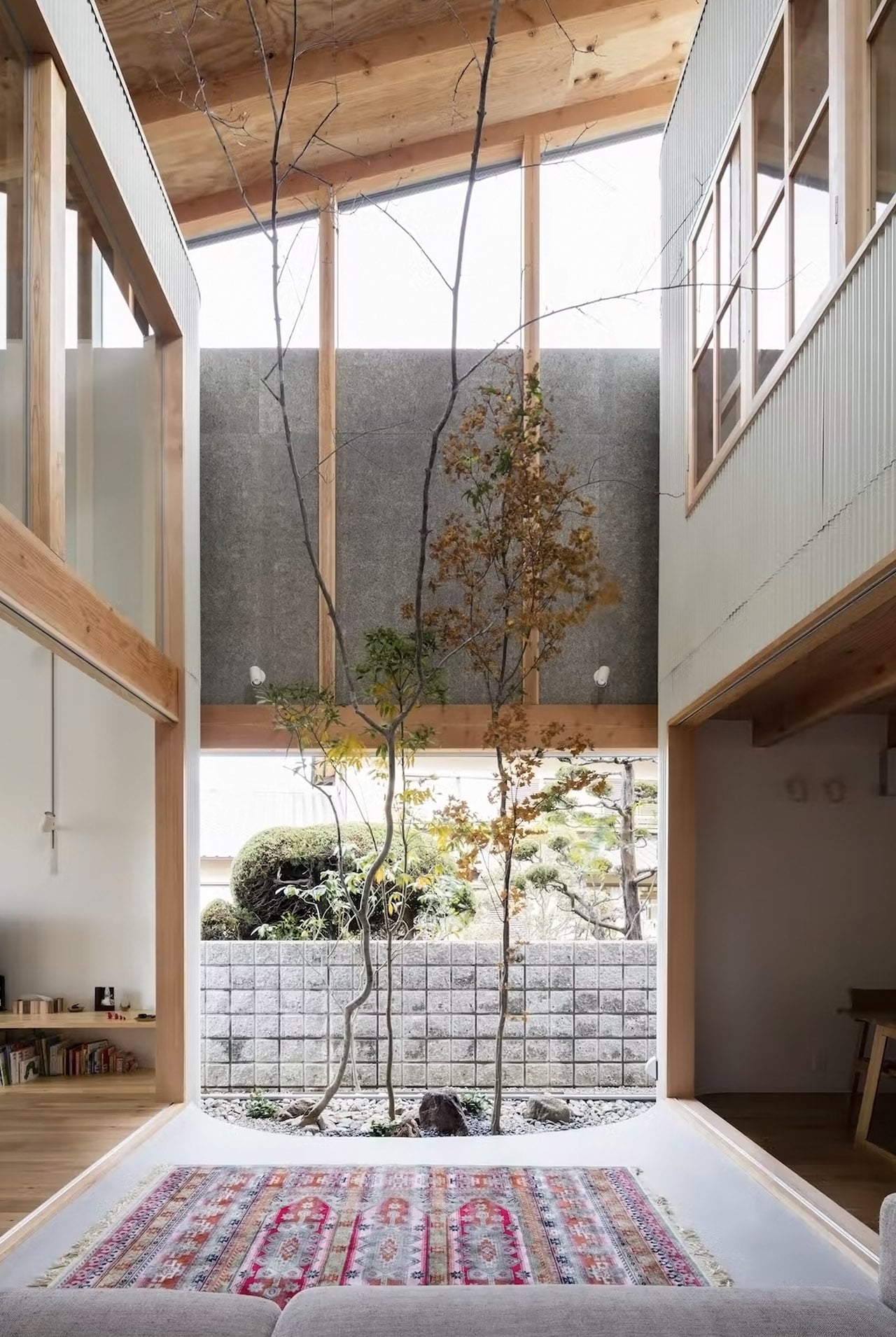
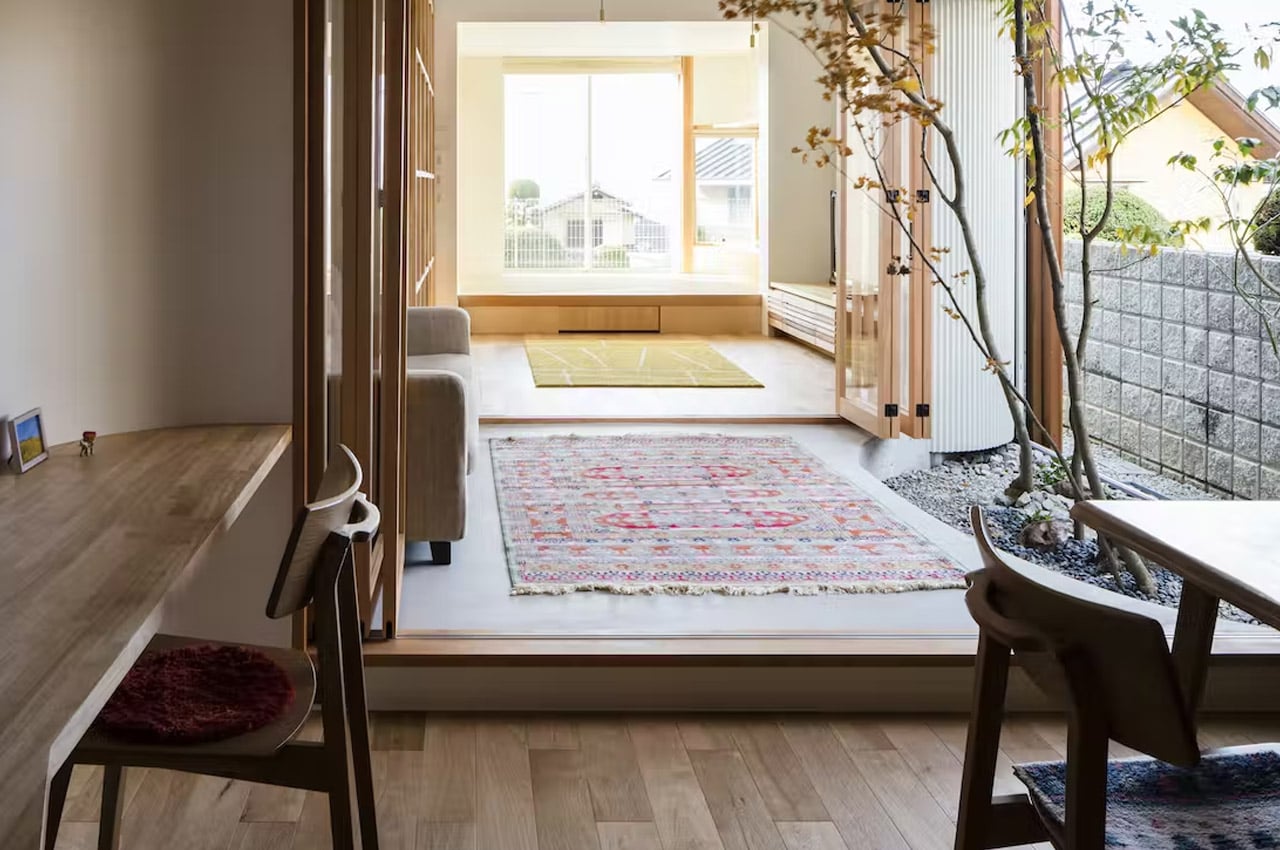
Designed by Satoshi Saito of SAI Architectural Design Office, the Melt House was the result of a young family asking him to build a home where they could “feel green”. Saito wanted to build, “A home that feels green is not just a home where you can see the green from anywhere, but a home where the residents actively use the external space and grow together with the green.”
Why is it noteworthy?
With a frontage of 5.6m and a depth of 23.7m, the Melt House is nestled on a narrow site at the foot of a mountain in a residential area in Osaka. The main attraction of this home is its centerpiece – which is basically a dry garden that acts as a multifunctional room right in the middle of the house.
What we like
- Has a beautiful indoor-outdoor connection
- Plenty of natural light and ventilation in the home
What we dislike
- No complaints!
2. House in Front of a School
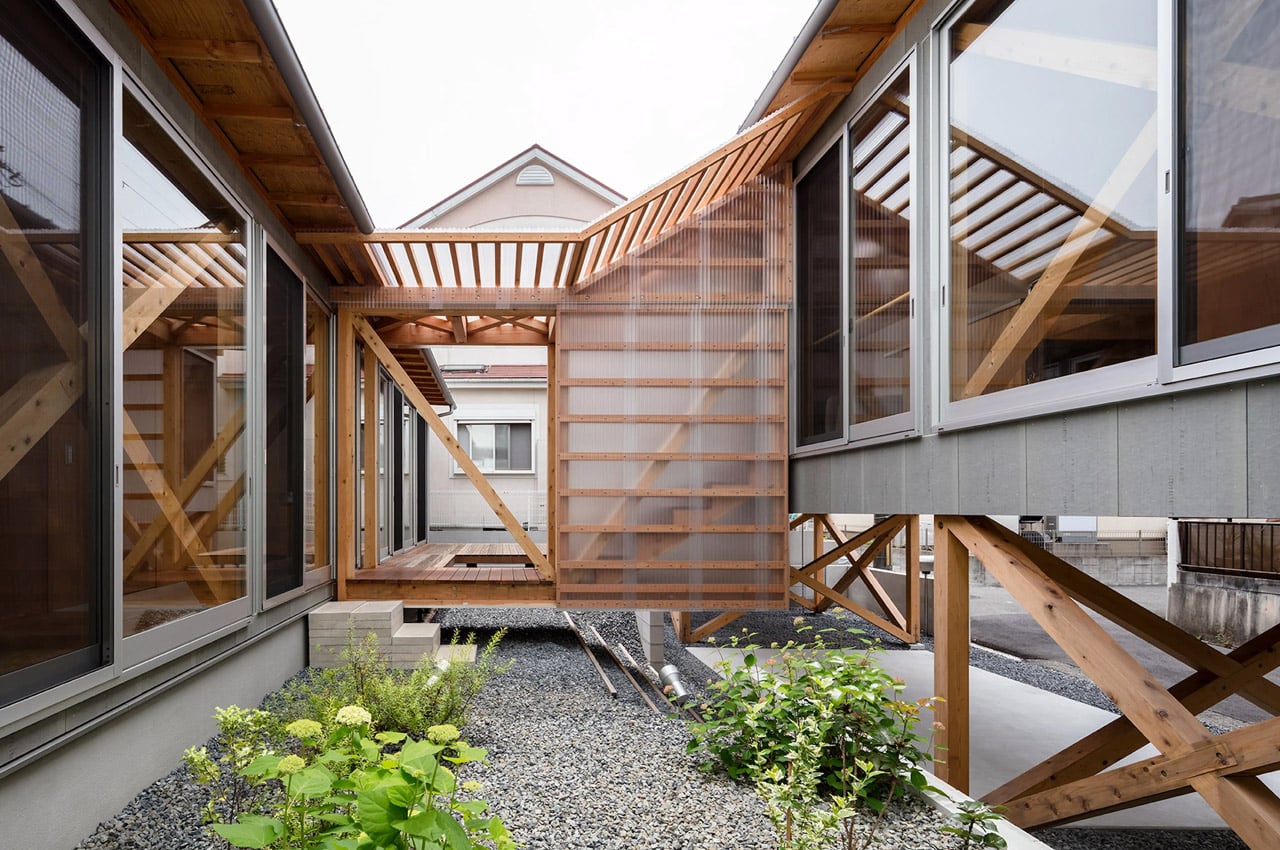
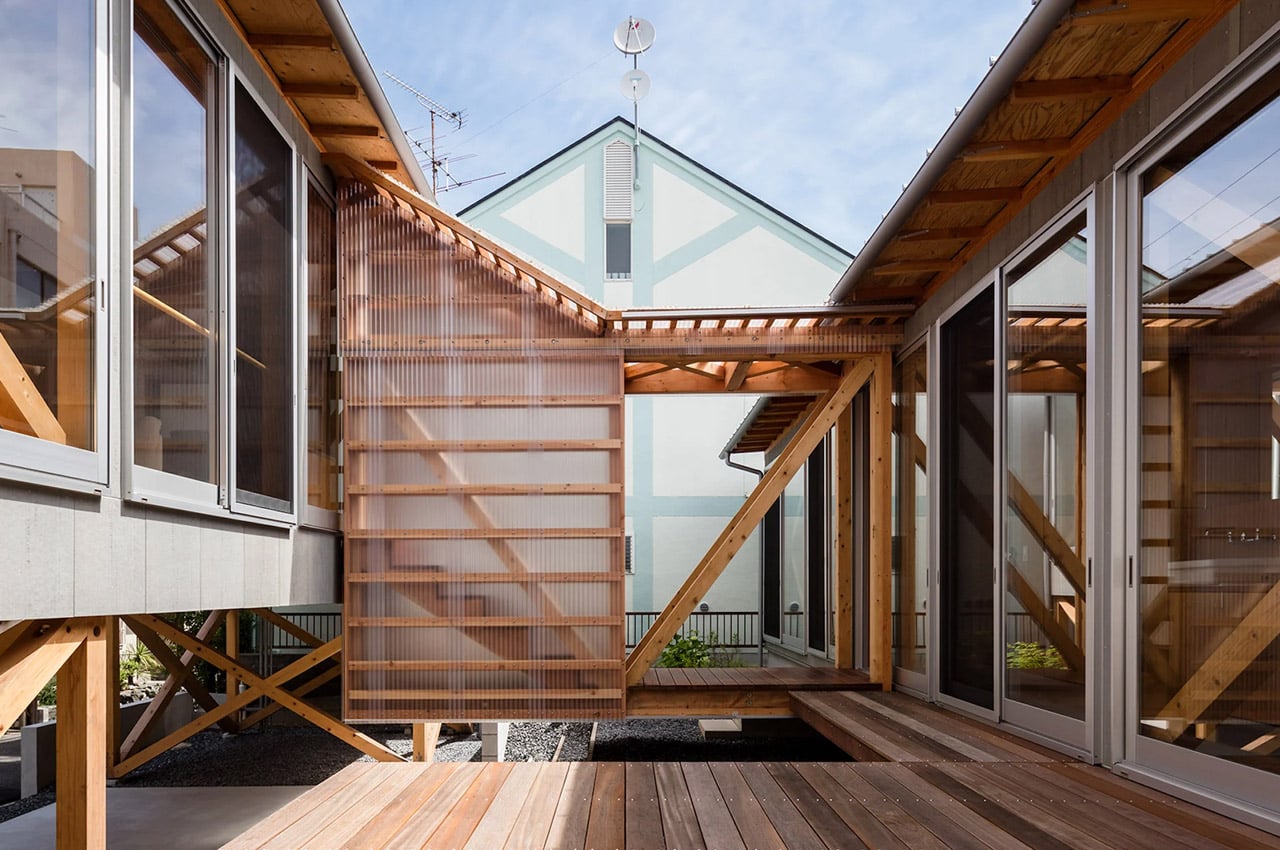
Architectural firm KKAA YTAA recently completed the ‘House in Front of a School’ or ‘House in Gakuenmae’ in Nara, Japan. The beautiful dwelling features a central courtyard, which is the star attraction of the home! What makes the interesting courtyard even more interesting, though, is the timber bridge that runs through it, connecting the two split portions of the home.
Why is it noteworthy?
One portion of the home is elevated on timber stilts and features an open-plan concept with a living area and a kitchen. The stilts were added in an attempt to protect the home from floods. The area beneath the raised section functions as a handy garage. The timber bridge connects the elevated wing to the other half of the home. The bridge has been amped with adjustable walls, which can transform the bridge into an enclosed walkway or a deck when required.
What we like
- Stunning central courtyard
What we dislike
- No complaints!
3. The Zen Pod
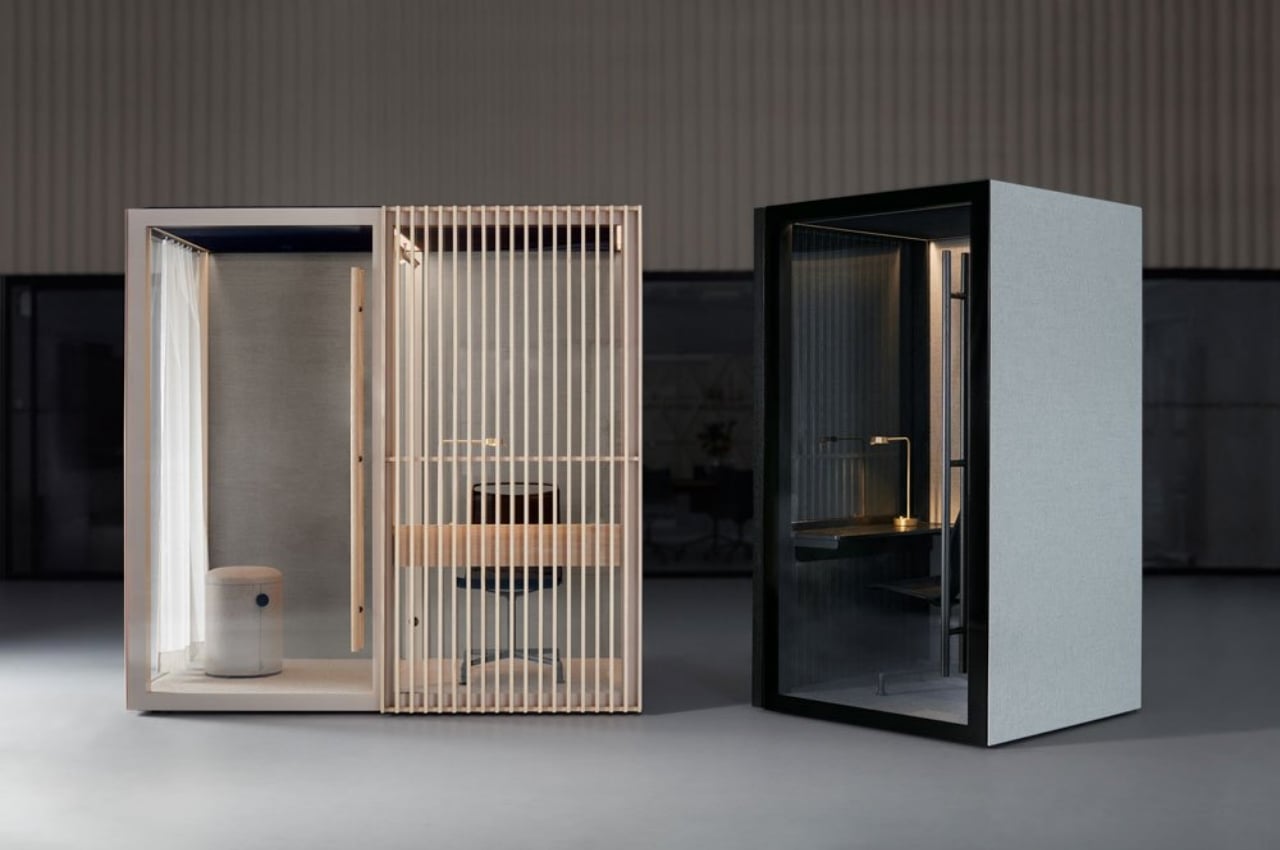
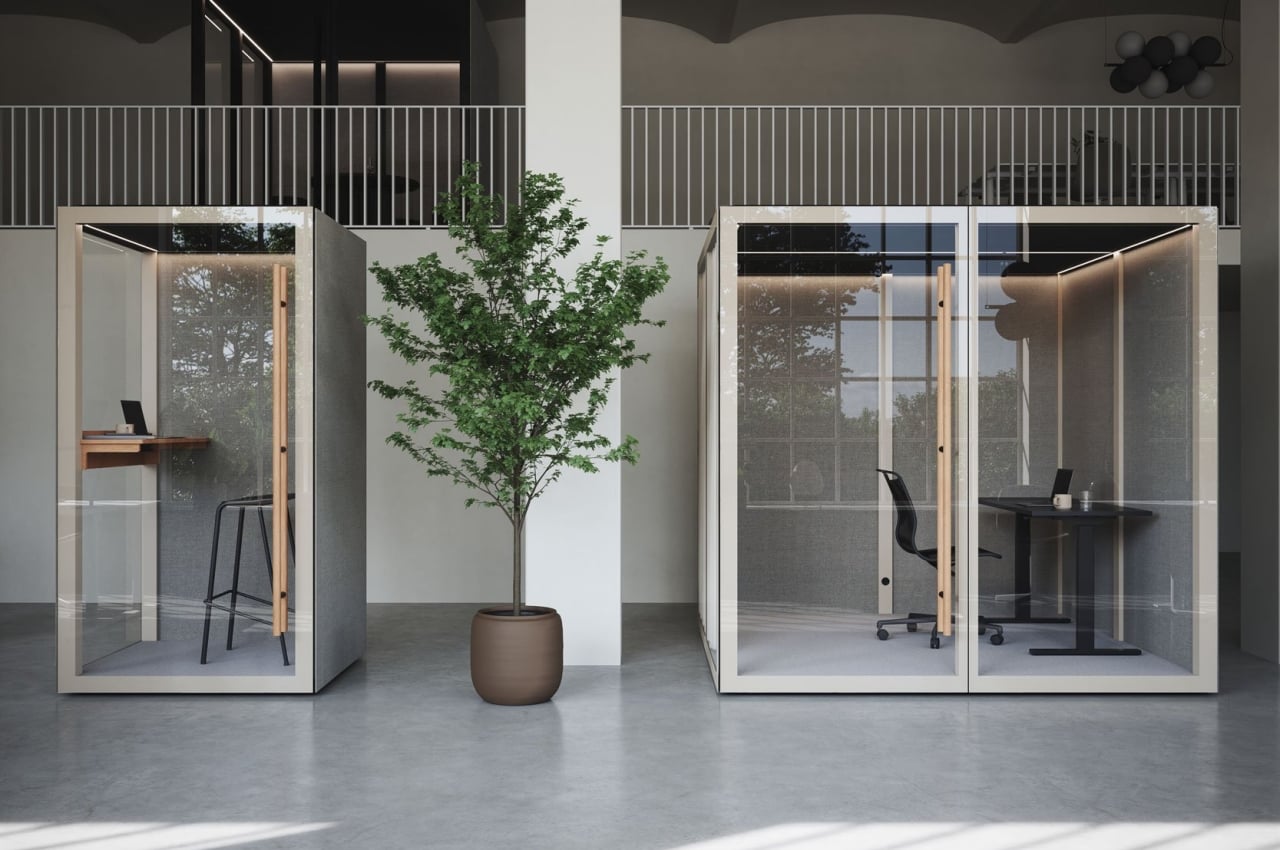
Rather than building permanent walls and rooms, office pods have become a more economical alternative, offering an enclosed sanctuary even for just a few minutes or hours. This minimalist work pod promises the same but adds a touch of a Japanese-inspired aesthetic to bring a visual and aural retreat right in the midst of a chaotic office.
Why is it noteworthy?
The Zen Pod is designed to blend with its surroundings, but its beauty makes it stand out easily as well. Inspired by Japanese design, the small boxed room exudes serenity and quiet, both with its uniform lines and conventional shape as well as through its material construction. The slatted oak wall fitted into the glass barrier creates an enclosure that is private but not isolating.
What we like
- The pod doesn’t just embrace a person inside a beautifully minimal space, it also protects them from outside noise and distraction
What we dislike
- No complaints!
4. The Woodlands Hideout
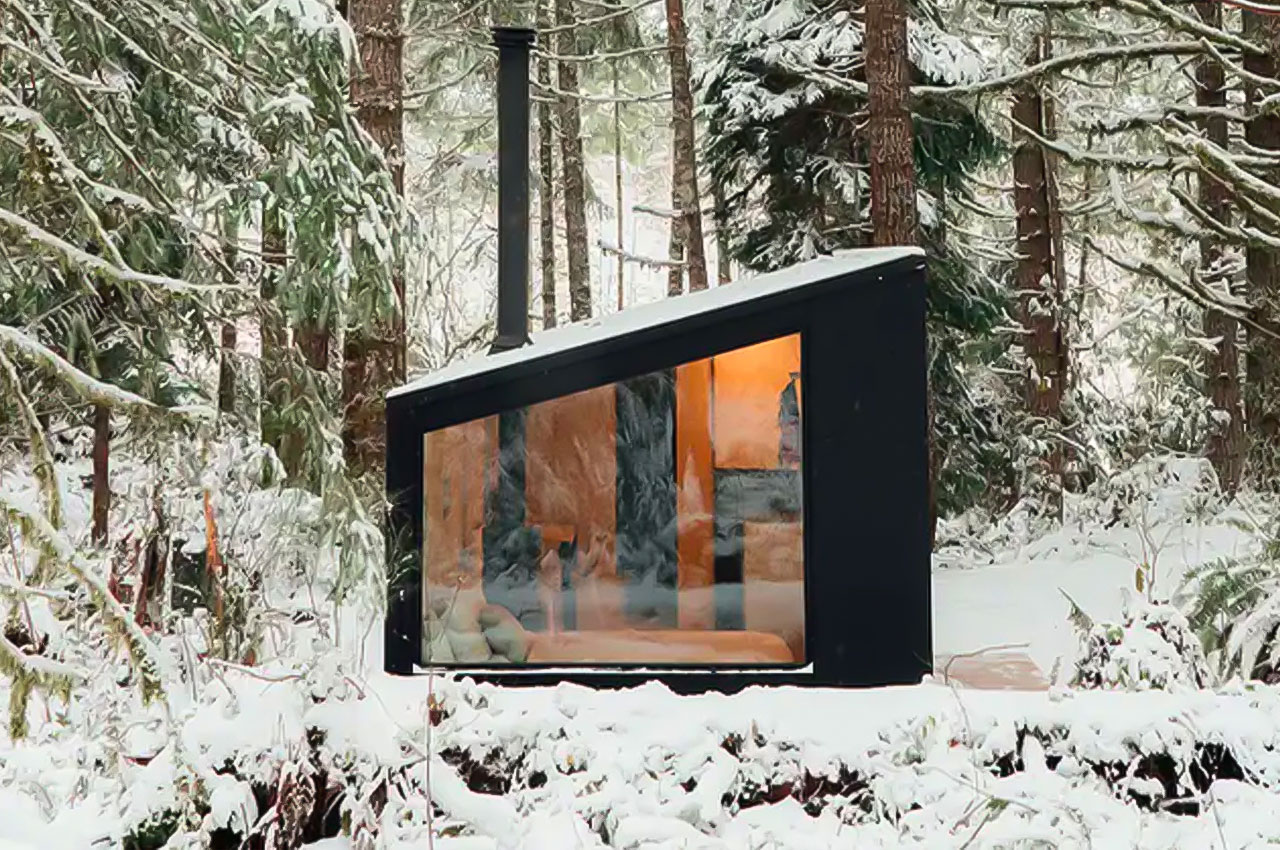
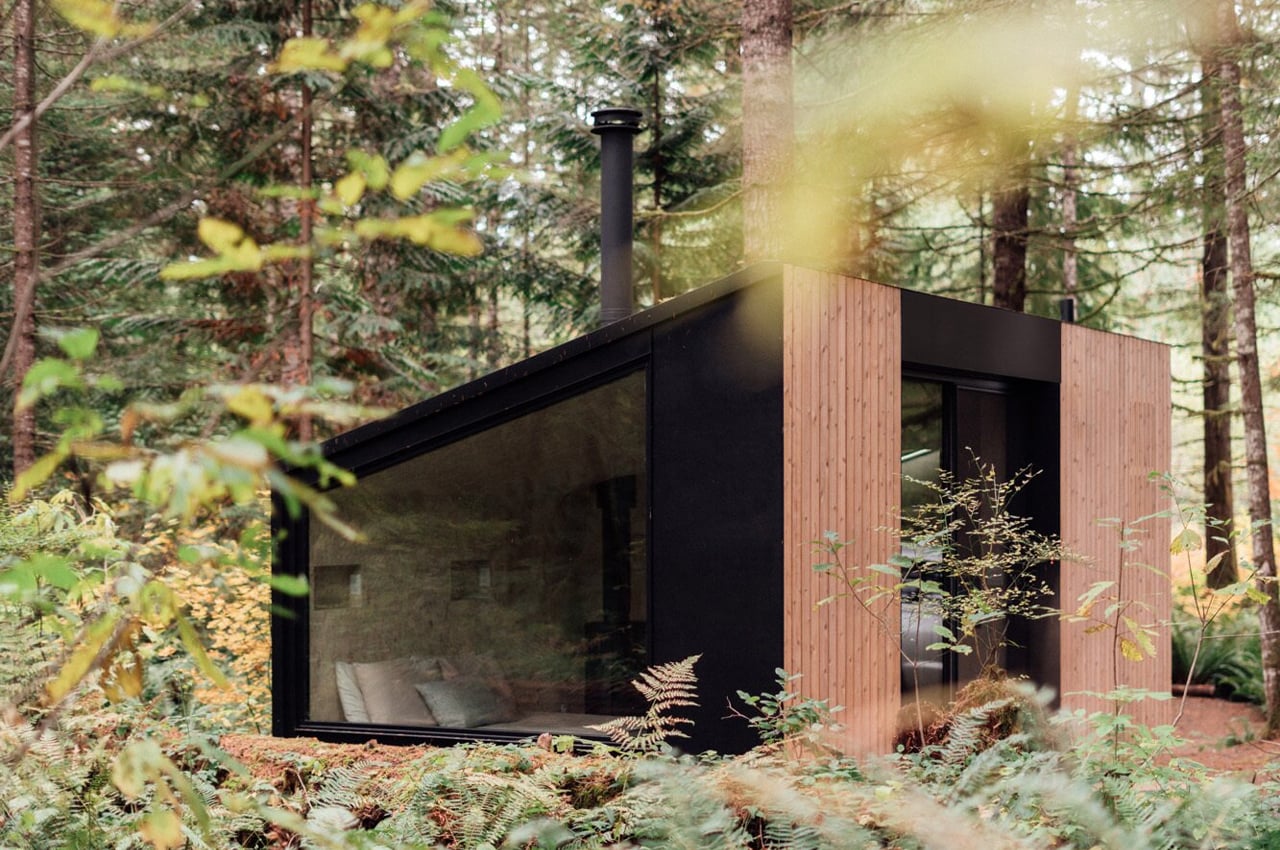
The Woodlands Hideout is a small, nature-inspired cabin in the woods designed as a solo retreat to a larger residence some 200 feet away from the tiny home.
Why is it noteworthy?
Inspired by the Japanese concept of forest bathing, or shinrin-yoku, Castillero says he’s been “dreaming and scheming” up plans to build what he calls the Woodlands Hideout. Amounting to a small, 190-square-foot cabin, the Woodlands Hideout operates as a solo retreat for guests to sleep under Oregon’s towering pines.
What we like
- Designed to immerse guests in nature
What we dislike
- No complaints!
5. 2nd Home
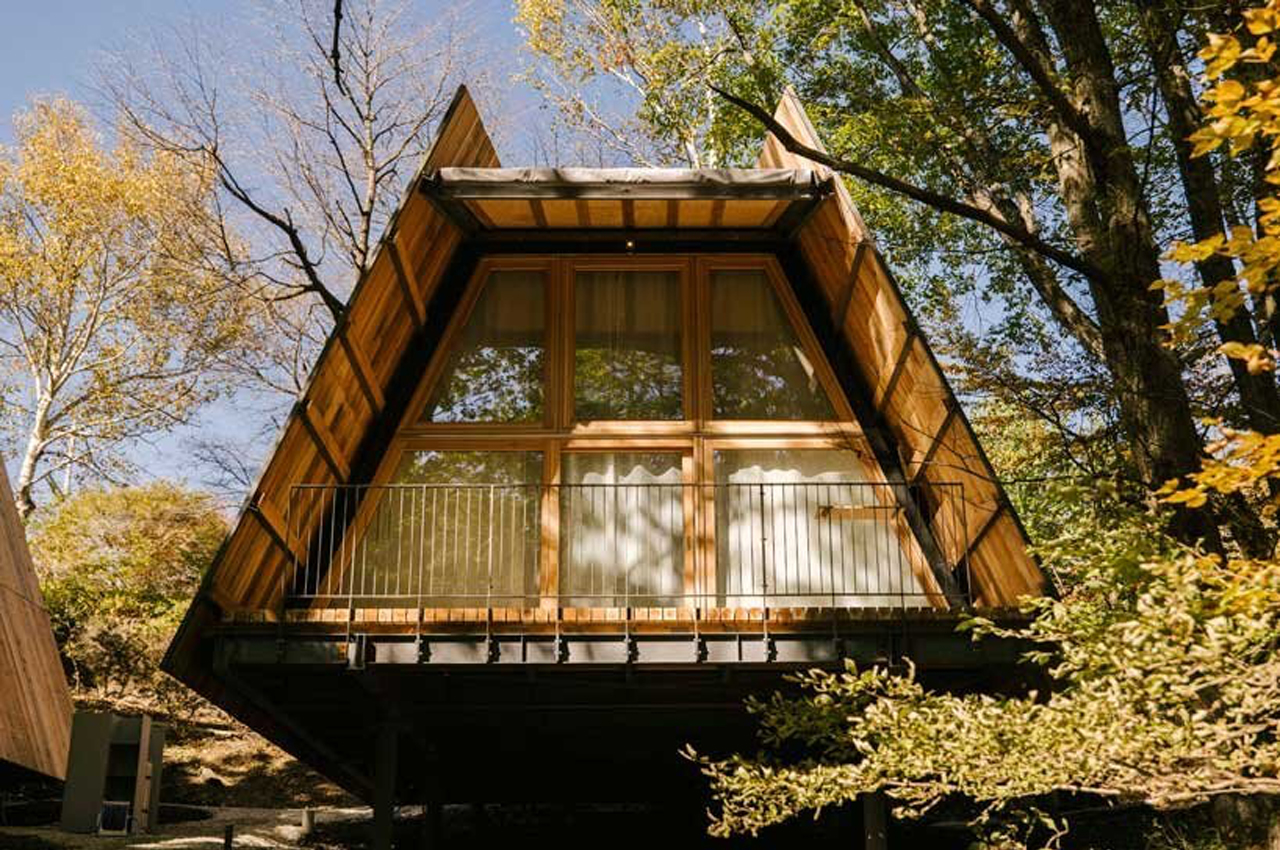
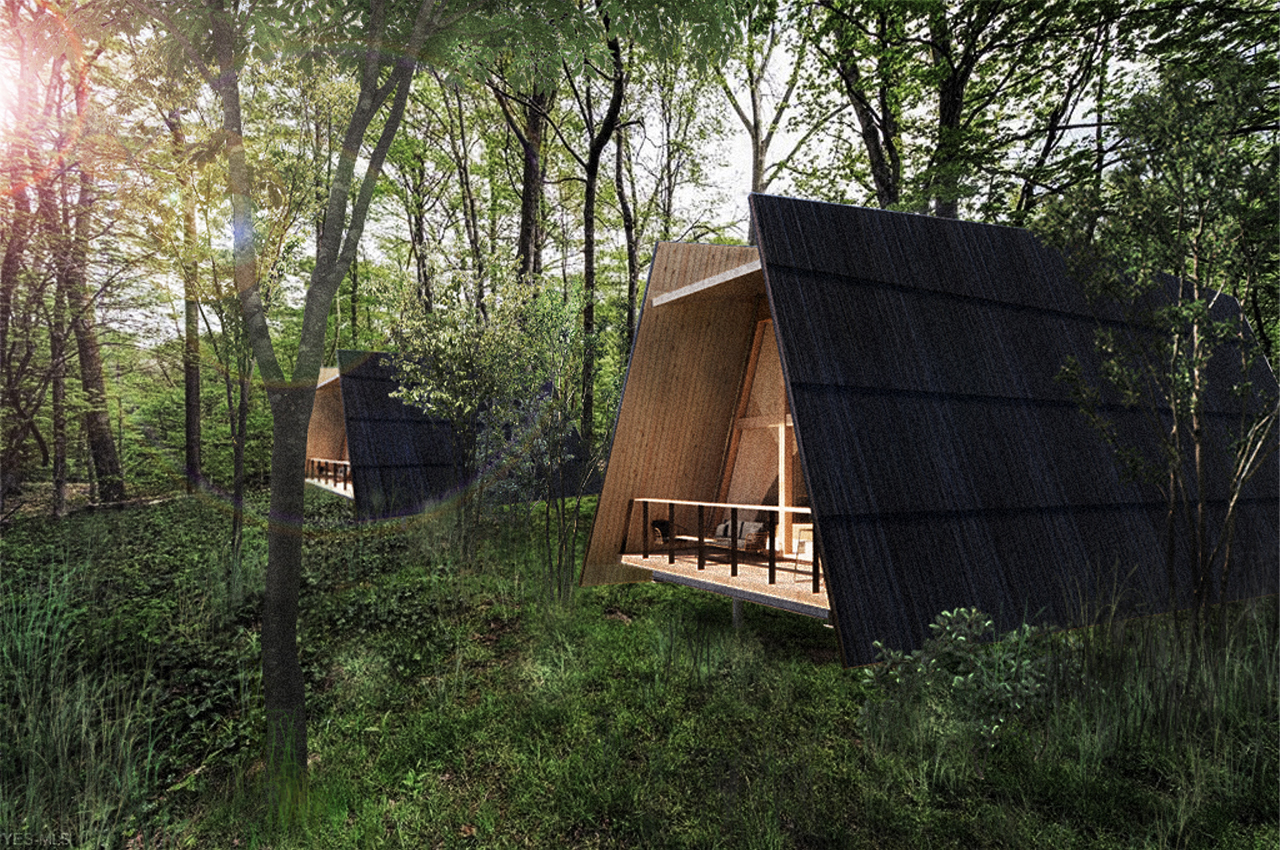
2nd Home is a series of tiny homes planned and built by Japanese startup SANU with minimal building material to immerse travelers in the wonder of nature for a quick respite from the hustle of city living.
Why is it noteworthy?
Out of 517 people living in Tokyo’s metropolitan district, 77% have gone on record to say they’d like to spend more time in nature; getting there is half the journey, we just need a place to stay. Adding to the plethora of tiny homes to have come out in response to pandemic wanderlust, Japanese startup SANU has produced a series of tiny rentable homes called 2nd Home scattered across Japan that cost a monthly fee of ¥50,000 ($441 USD) for interested members.
What we like
- Lightweight replicable design
- Easily dismantled as well, allowing the building materials to be reused for future projects
What we dislike
- No complaints!
6. Minima
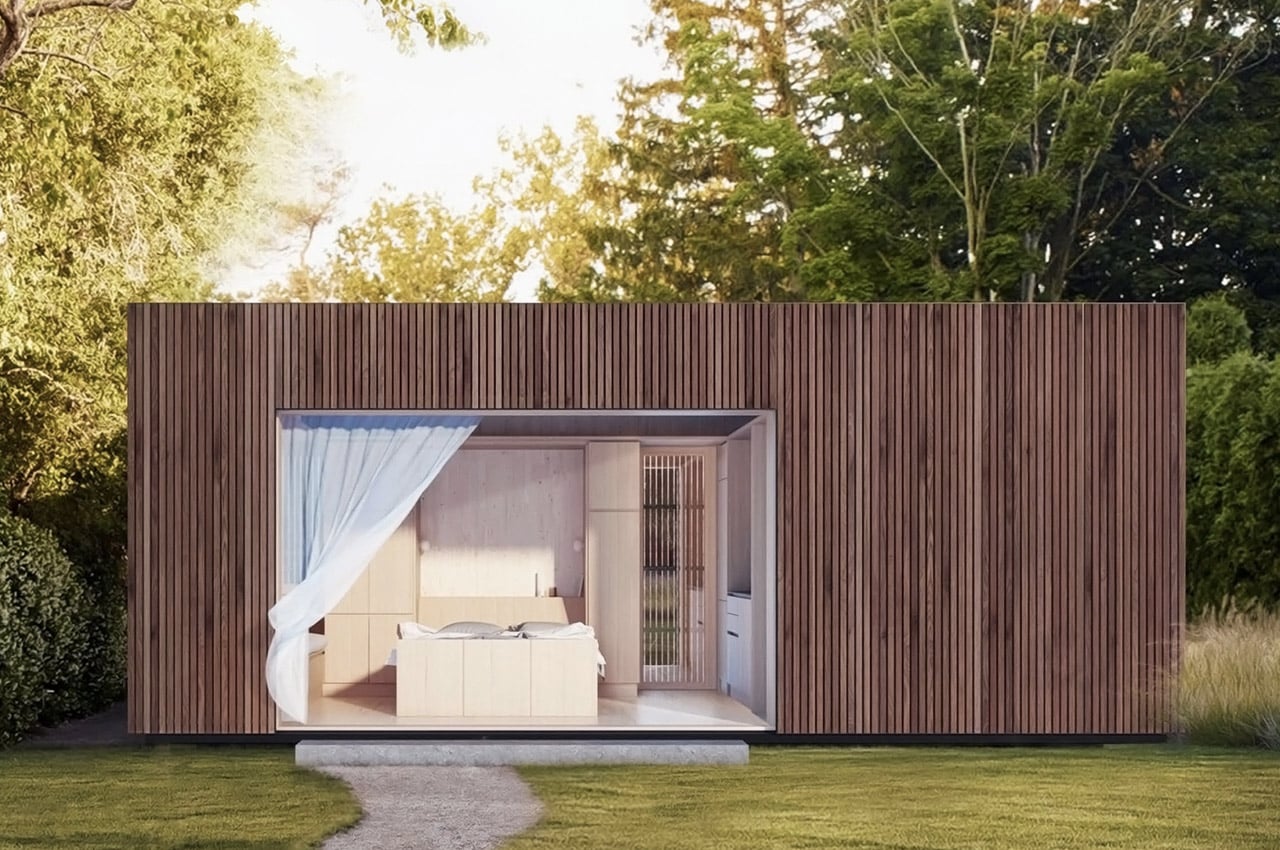
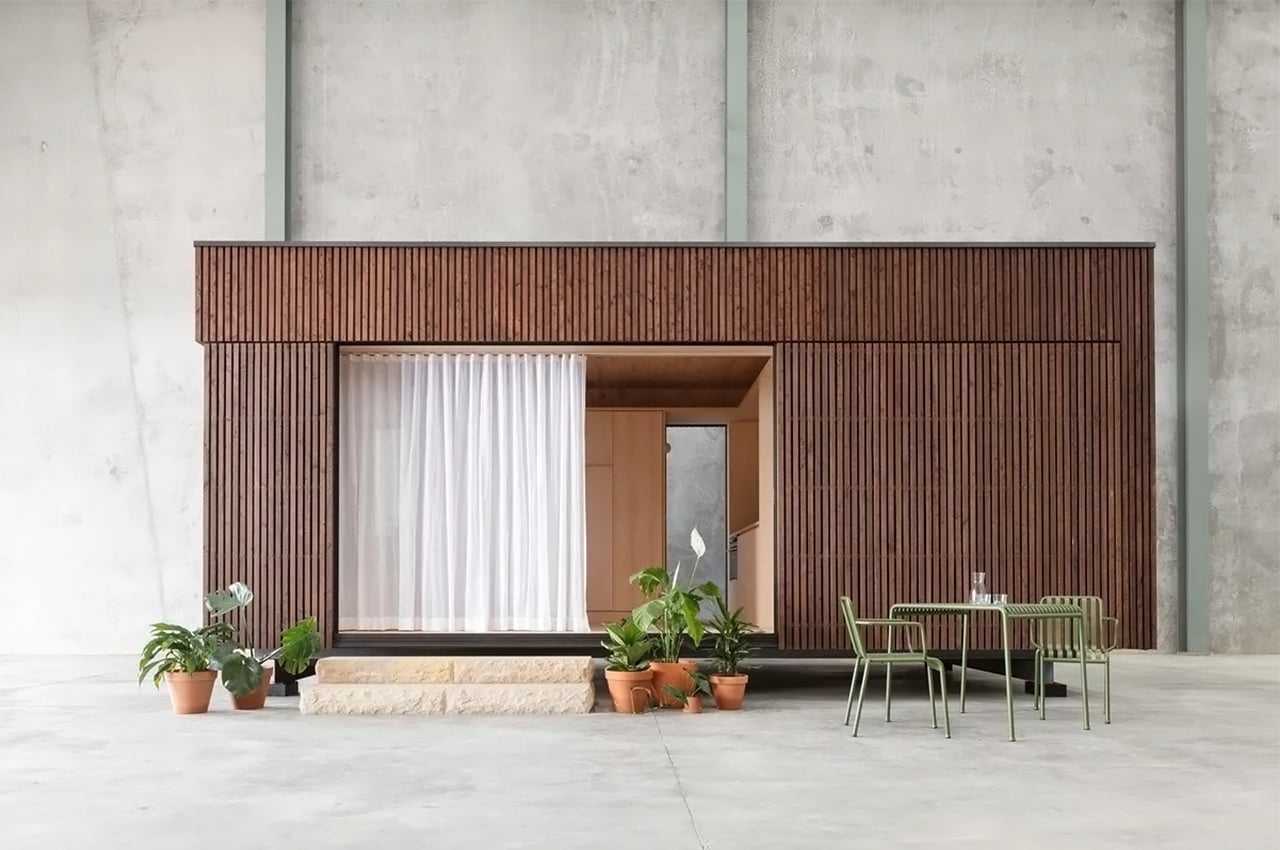
Minima is a 215-square-foot (20-square-meter) prefab module designed to be a flexible structure to serve as a standalone tiny home or as an additional unit in the backyard that can be used as a home office or spacious guest house. It is constructed with CLT (cross-laminated timber) which is a sustainable material and cuts down on the carbon emissions that concrete produces.
Why is it noteworthy?
The boxy exterior is clad with a skin of cypress battens and a steel roof which maintains its minimal look. The unit has a streamlined, modern profile that still feels warm and human-centric. The facade opens up with hardwood-framed glass doors that can slide over to reveal its Scandinavian and Japandi-inspired interior.
What we like
- Prefab home made sustainably from cross-laminated timber
What we dislike
- No complaints!
7. The Nook
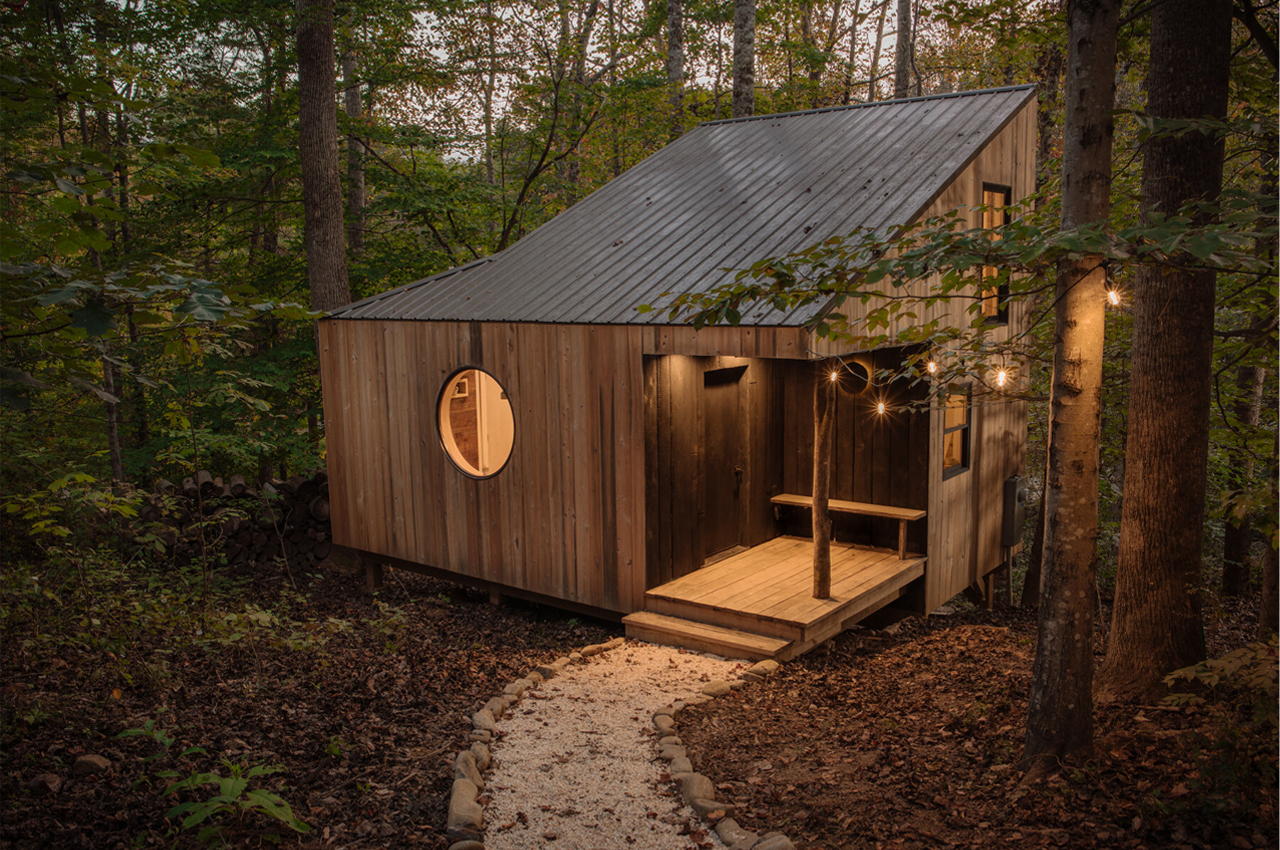
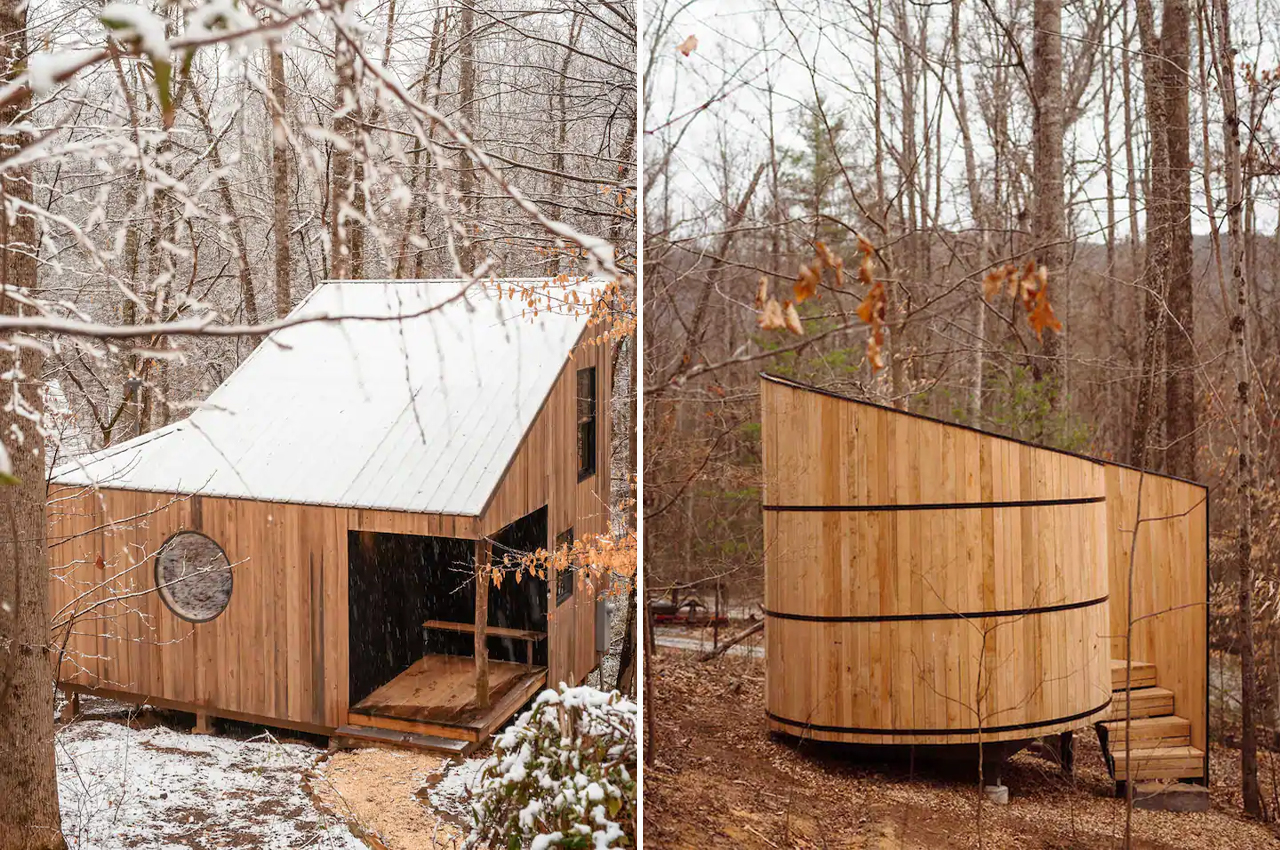
The Nook is a tiny cabin located in the woods of North Carolina’s Appalachia designed with Scandinavian, Japanese, and Appalachian handcrafted elements to weave local craftwork together with a personal history.
Why is it noteworthy?
Brimming with artisanal goods and artwork of local craftsmen and artists, The Nook was designed to bring the handcrafted touch of the old world into the modern era. Described as a “collection of stories,” Belleme designed The Nook to link his personal history to the surrounding forest and the architecture of the cabin.
What we like
- Built from local trees
What we dislike
- No complaints!
8. Four Leaves Villa

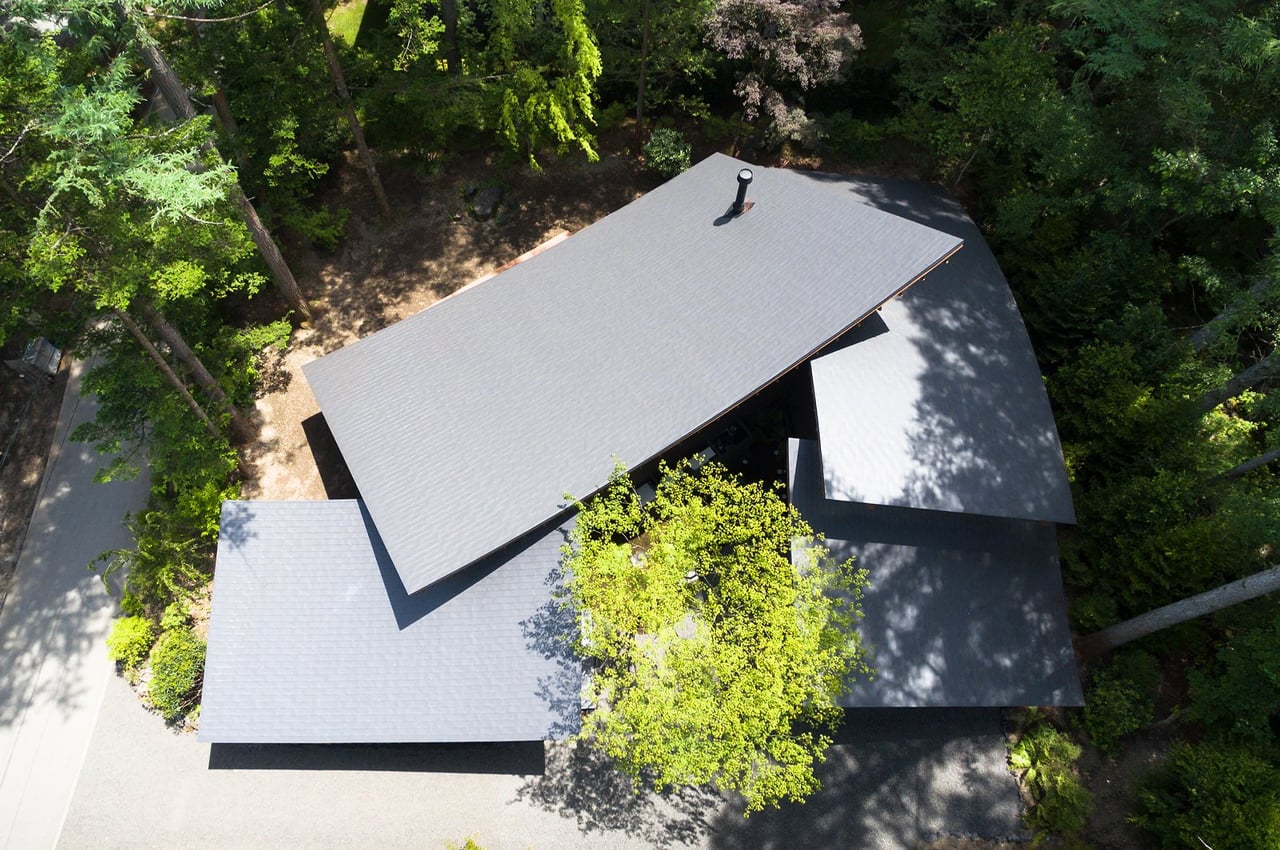
Four Leaves Villa designed by Kentaro Ishida Architects Studio (KIAS) is a form of organic architecture with a gently twisted, multi-tiered roof that mimics the sloping curve of fallen leaves and a central garden courtyard, the home’s concealed centerpiece.
Why is it noteworthy?
150 kilometers from the buzzing city streets of Tokyo, Japan, a forested plot of land in Karuizawa, Nagano prefecture of Japan, is home to a weekend retreat designed to mirror the fallen leaves that surround it. Dubbed Four Leaves Villa, the privately-owned residence is a form of organic architecture with a split-level roof designed by Kentaro Ishida Architects Studio (KIAS) that mimics the undulating, overlapping pattern of fallen leaves.
What we like
- A multi-tiered sloping roof that mimics the gentle curve of fallen leaves
What we dislike
- No complaints!
9. Goan
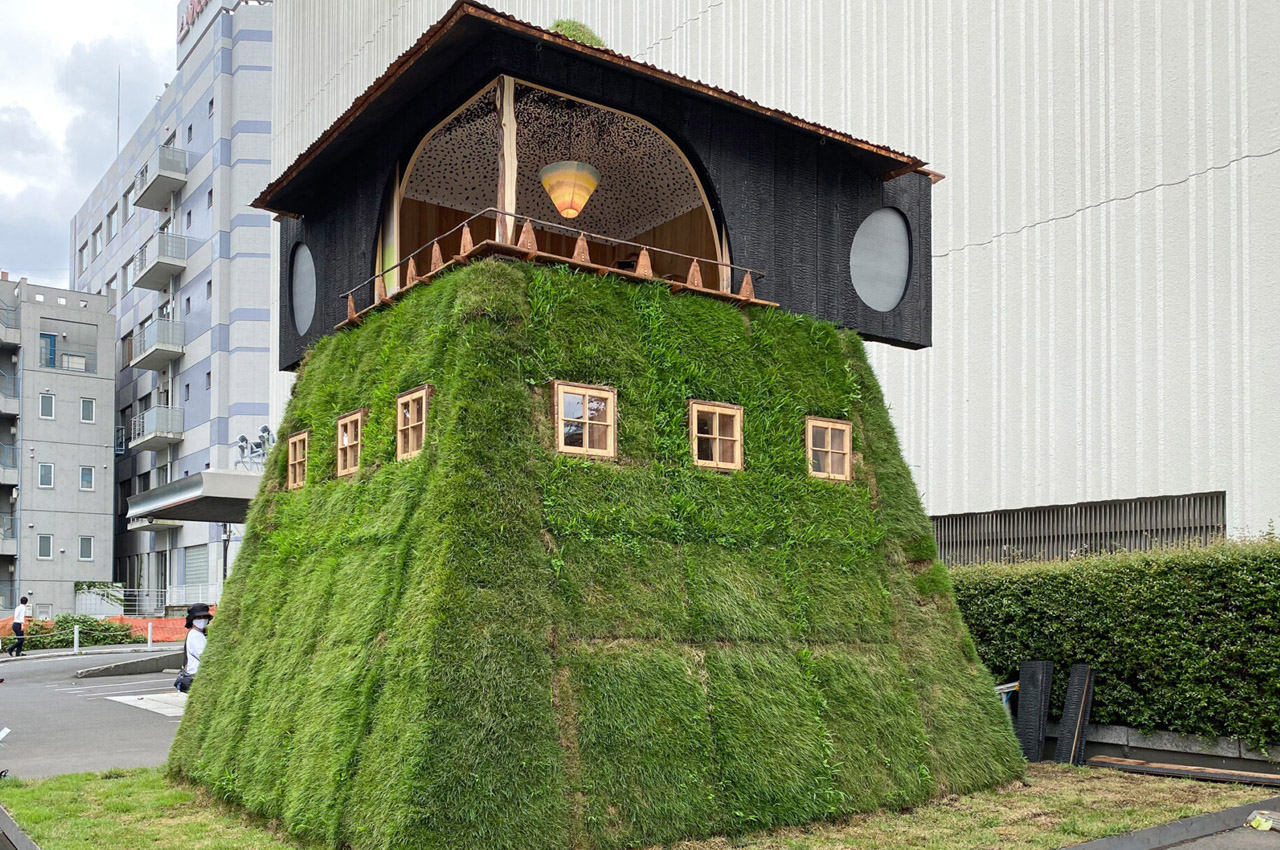
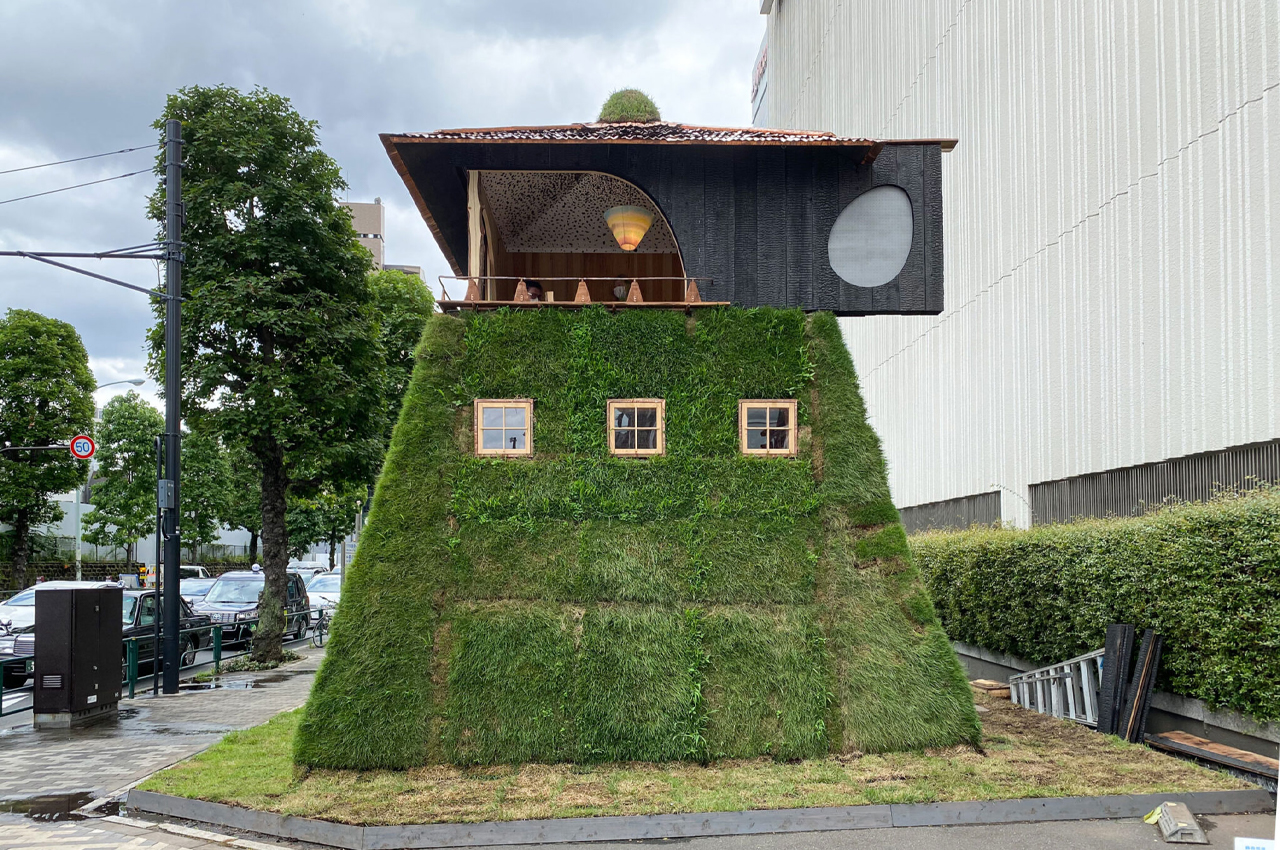
Japanese architect and architectural historian Terunobu Fujimori is known for his quirky teahouses and fondness for unusual city structures. His latest tea house transports an elf’s cottage from the pages of a fairytale to the concrete of Tokyo.
Why is it noteworthy?
Poking out from the corner of one facade, visitors can crawl through a circular hole, traditionally known as a ‘Nijiriguchi,’ to gain entry to the tea room’s interior. Moving inside, visitors pass through the grassy exterior and are welcomed by an entirely unstained wooden first floor. Functioning as a reinterpretation of ‘Nijiriguchi,’ a small wooden staircase and ladder connect the bottom floor with the upper tea room.
What we like
- Topped with a yakisugi-treated timber loft
What we dislike
- No complaints!
10. The Cardboard Sleep Capsule
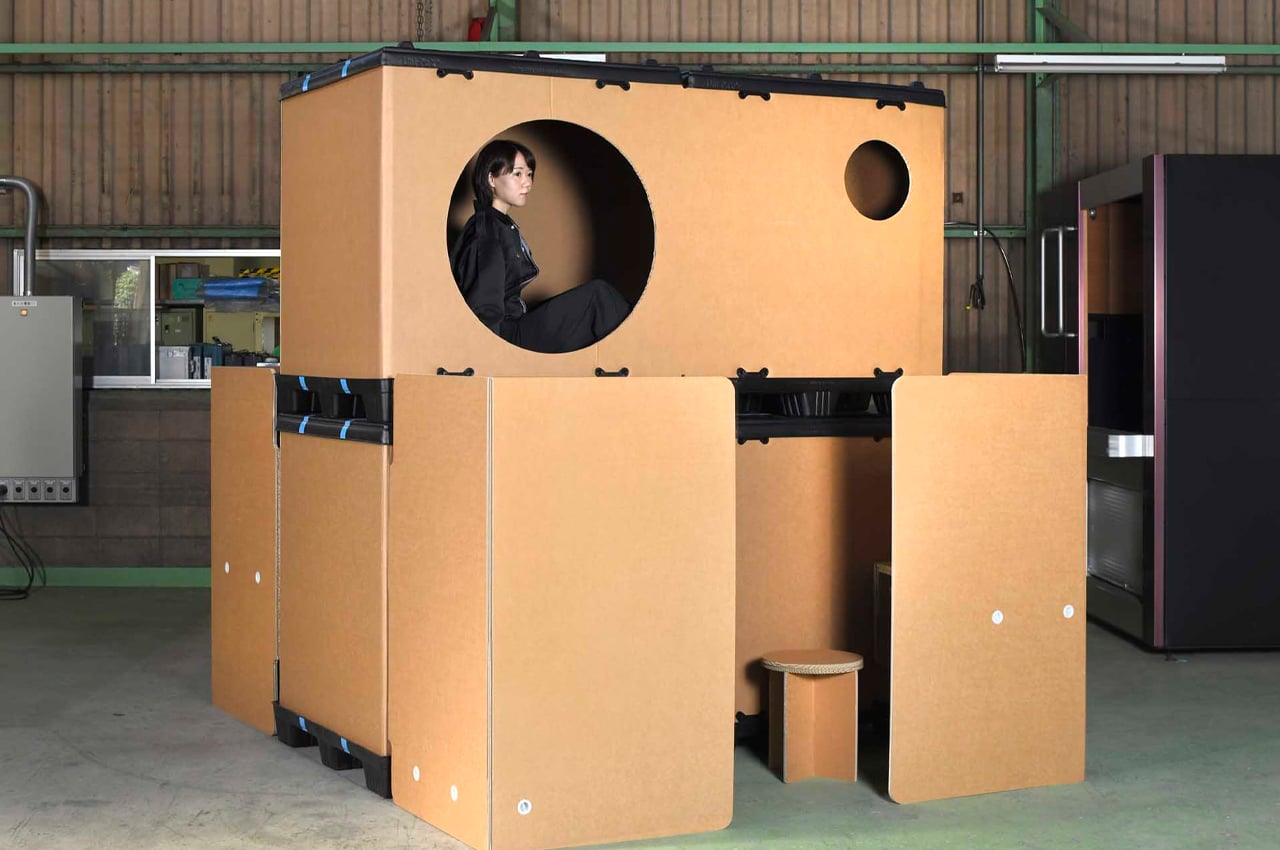
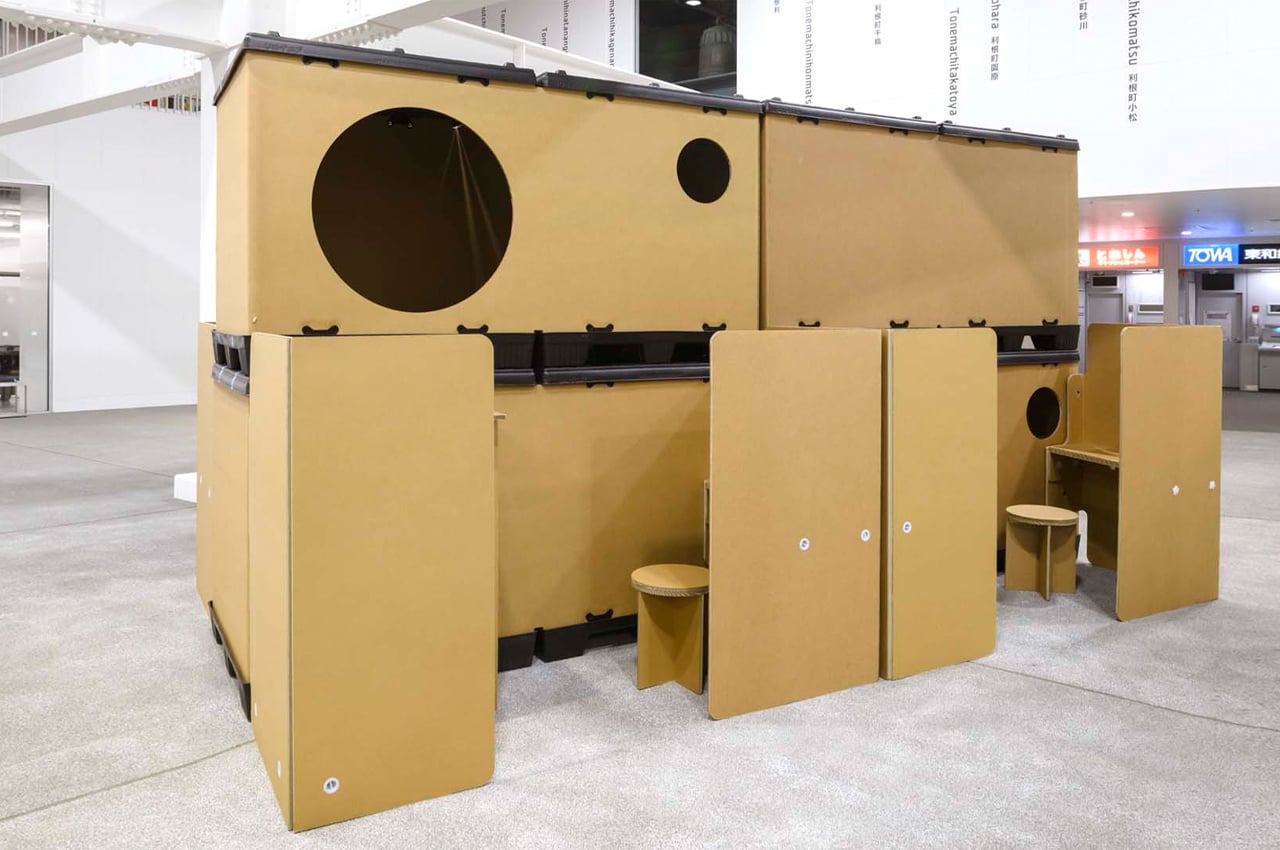
The Cardboard Sleep Capsule was designed for those experiencing displacement from natural disasters like earthquakes or medical emergencies, including those related to the COVID-19 pandemic. Atelier OPA constructed the Cardboard Sleep Capsule to unfold into two floors, containing two sleeping areas, a set of stairs, and a separate working space equipped with a desk and chair.
Why is it noteworthy?
The capsule shelter comes prefabricated with a foldable design, comprising a compact shipping size when folded, shrinking down to ¼ the size of its unfolded dimensions. Carrying such a small folded size, the Cardboard Sleep Capsule has been received positively by international governments, who have thought of storing the cardboard castles away before use in public gymnasiums and emergency arenas.
What we like
- A hotel-inspired shelter
What we dislike
- No complaints!
Srishti Mitra
If you liked the article, do not forget to share it with your friends. Follow us on Google News too, click on the star and choose us from your favorites.
For forums sites go to Forum.BuradaBiliyorum.Com
If you want to read more like this article, you can visit our Technology category.

